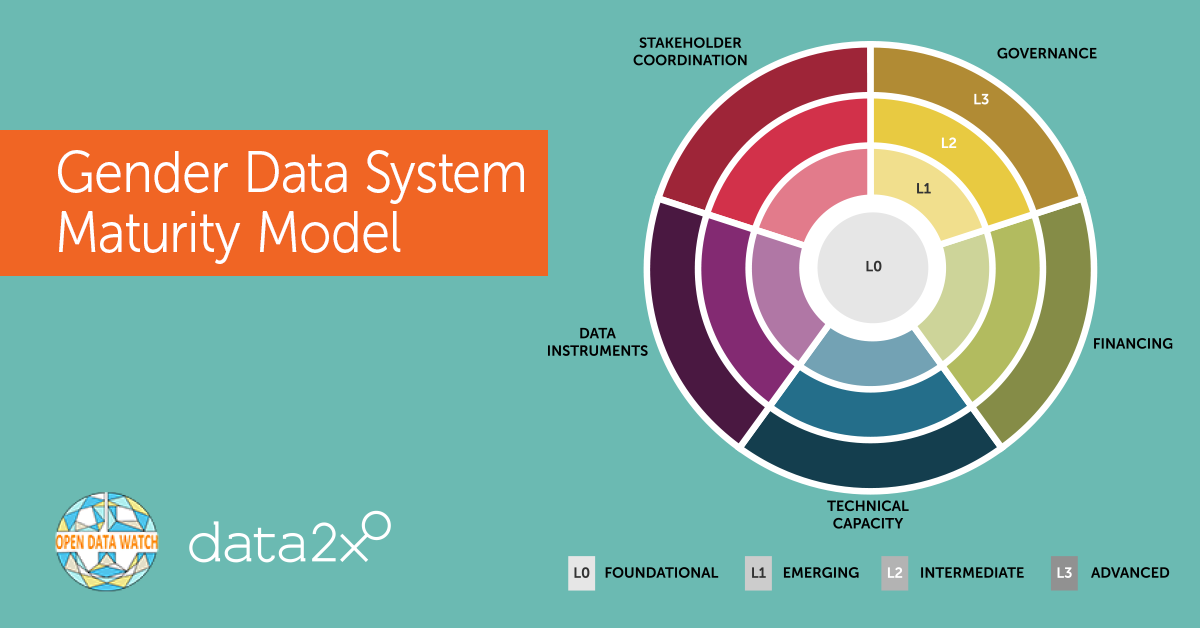Paper by Catherine D’Ignazio et al: “Feminicide is the gender-related killing of cisgender and transgender women and girls. It reflects patriarchal and racialized systems of oppression and reveals how territories and socio-economic landscapes configure everyday gender-related violence. In recent decades, many grassroots data production initiatives have emerged with the aim of monitoring this extreme but invisibilized phenomenon. We bridge scholarship in feminist and information geographies with data feminism to examine the ways in which space, broadly defined, shapes the counterdata production strategies of feminicide data activists. Drawing on a qualitative study of 33 monitoring efforts led by civil society organizations across 15 countries, primarily in Latin America, we provide a conceptual framework for examining the spatial dimensions of data activism. We show how there are striking transnational patterns related to where feminicide goes unrecorded, resulting in geographies of missing data. In response to these omissions, activists deploy multiple spatialized strategies to make these geographies visible, to situate and contextualize each case of feminicide, to reclaim databases as spaces for memory and witnessing, and to build transnational networks of solidarity. In this sense, we argue that data activism about feminicide constitutes a space of resistance and resignification of everyday forms of gender-related violence…(More)”.

